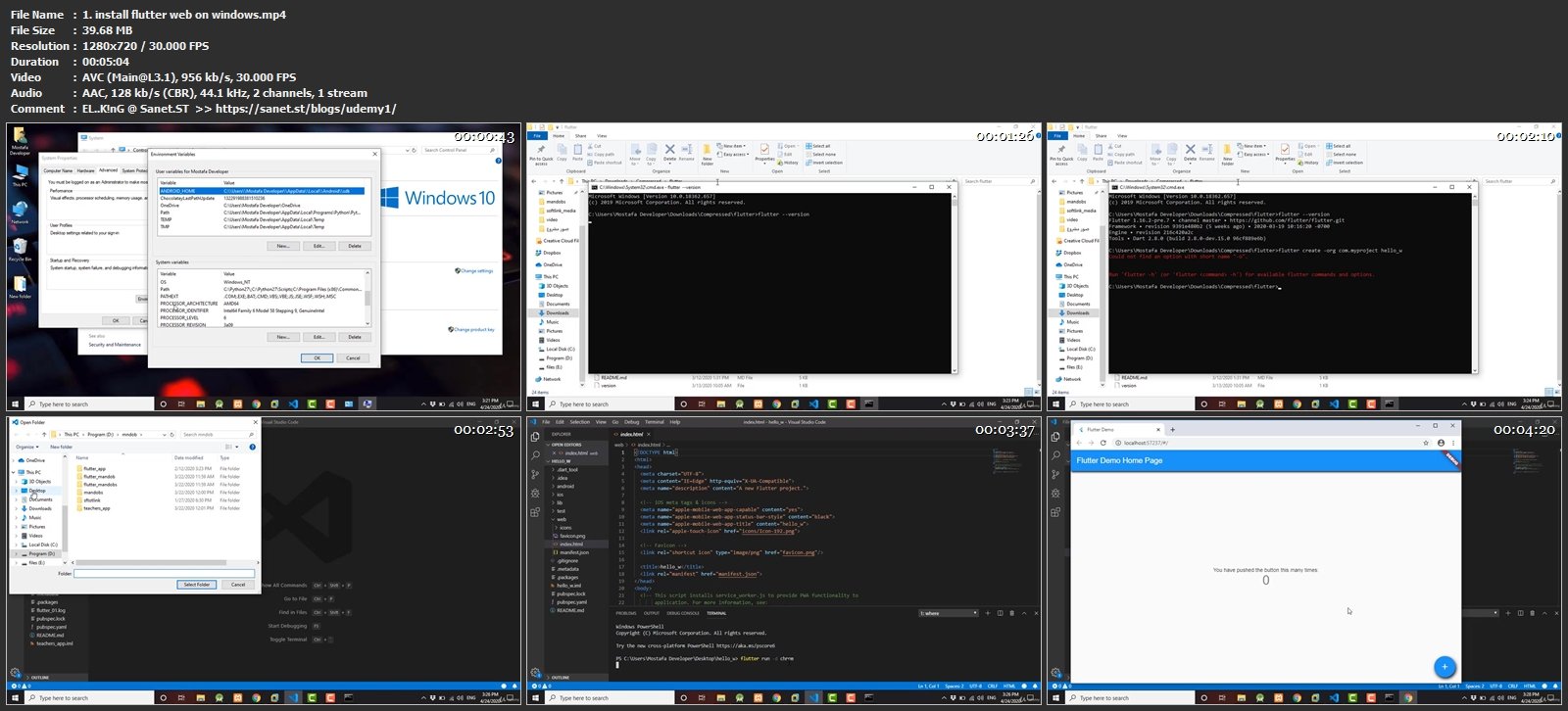

Flutter (and cross-platform solutions) might not always be the best option, though. Cross-platform apps reduce costs and time spent on development and upkeep. This is due to the fact that it was created using Dart and makes use of its features.įlutter is a wise choice for many applications thanks to its many advantages. For the purpose of handling events and interactions, the engine communicates with the target platform.įlutter works well. Each device has a canvas that you can paint on thanks to Flutter.
#Flutter for web dev code
The Flutter UI code is rendered by this engine. This is so because the Flutter engine is present in every Flutter app. No matter the target platform, Flutter uses the same user interface (UI) for all apps. Additional Thoughts On FlutterĪ cross-platform tool for creating desktop, mobile, or web applications is called Flutter. For analyzing and testing Flutter projects, it has commands. You can build, create, and develop Angular projects using the Flutter CLI. Additionally, Flutter includes a unique CLI. Angular CLI, Create React App, Vue CLI, etc. The majority of JavaScript front-end frameworks include a command-line interface (CLI). The Flutter tooling is finished thanks to these IDE integrations.
#Flutter for web dev android
Flutter DevTools are supported by both VS Code and Android Studio. Also compatible with Android Studio is Flutter. For VS Code, there are extensions for Dart and Flutter. So you don’t need to switch to another IDE while transitioning. For VS Code, there are numerous web-related extensions. One of the most well-liked IDEs for web development is Visual Studio Code. Among other features, it has a widget inspector, debugger, and network monitor. The web development process is enhanced by these tools. An inspector, a console, a network monitor, etc. There are developer tools in desktop browsers. Working with Debuggers, Editors, and Command Line Tools You can use them to alter the appearance of your mobile app across a range of screen sizes. You can learn more about the configuration of the mobile device by combining these values. It also provides you with other device information, such as the devicePixelRatio and the current viewport size. You can get the current device orientation from the MediaQuery class (landscape or portrait). You have the MediaQuery helper class if you are moving over from mobile web development to Flutter. You manage how your website appears on larger and smaller screens by using media queries. The responsiveness of your website is something you as a web developer consider. The same features (camera, location, notifications, etc.) are implemented differently by each platform. As a result, you must keep the platform in mind when creating for either platform. Mobile apps run on devices, while websites run on browsers. Additionally, when a widget combination fails, CustomPaint is the preferred option. CustomPaint is typically used when you need something extremely complex. With CustomPaint, you can use a painter to create any UI you like. Wrap the affected child widget(s) of the Column/Row in an Expanded or Flexible to change the flex-grow style.įlutter has a class called CustomPaint that is equivalent to the Canvas API in web development for more complex user interfaces. Use the MainAxisAlignment and CrossAxisAlignment properties to set the justify-content and align-items styles. These are display:Flutter flex’s equivalents in CSS. There are also Column and Row widgets in Flutter. For almost all CSS properties and their values, Flutter provides Dart classes and enums. Like CSS, Flutter measures space and size in pixels. The Color class in Dart uses “rgba” and “hex,” just like CSS.

In Flutter, you create widgets and give them properties to give them UIs. You put together HTML elements and give them CSS styling in order to implement a specific UI in front-end web. It explains the abilities you already possess that will help you if you begin using Flutter. This section highlights similarities between Flutter and front-end web development.

In this article, I want to share my experience and encourage anyone who is having trouble deciding between two ecosystems by demonstrating how concepts can be learned and how they can transfer between ecosystems. Additionally, there were some novel ideas that were unique. I believe there were some ideas that made it simpler for me to adopt Flutter. This means that you can use one programming language and one codebase to create two different apps (for iOS and Android).I began as a front-end web developer before switching to Flutter development. In a few words, it allows you to create a native mobile application with only one codebase.
#Flutter for web dev free
Flutter is a free and open-source mobile UI framework created by Google and released in May.


 0 kommentar(er)
0 kommentar(er)
